Quick Summary
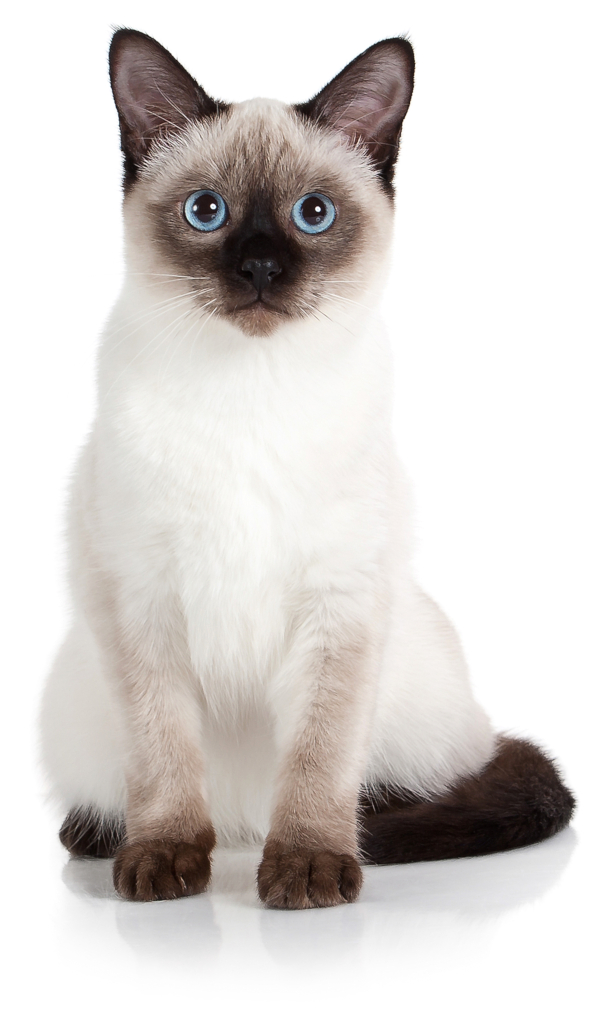
Click here for Price and Turnaround Time
Phenotype: In the Siamese phenotype, pigment expression is restricted to the cat's extremities (paws, tail, ears, face). In the Burmese phenotype, pigment expression is less temperature-sensitive, resulting in more pigment distribution across the body and points that are darker than the body.
Mode of Inheritance: Autosomal recessive (Colorpoint is recessive to Wild type); Incomplete dominance (Burmese colorpoint is incompletely dominant to Siamese colorpoint)
Alleles: C = Wild type (full color), cb = Burmese colorpoint restriction, cs = Siamese colorpoint restriction
Breeds appropriate for testing: Many breeds, particularly breeds with Asian origins
Explanation of Results:
- Cats with C/C genotype will be full-colored and will not display colorpoint restriction. They cannot transmit colorpoint variants to any of their offspring.
- Cats with C/cb genotype will be full-colored and are carriers of Burmese colorpoint restriction. They will transmit this Burmese colorpoint variant to 50% of their offspring. Matings between two carriers of Burmese colorpoint restriction are predicted to produce 25% Burmese colorpoint kittens.
- Cats with C/cs genotype will be full-colored and are carriers of Siamese colorpoint restriction. They will transmit this Siamese colorpoint variant to 50% of their offspring. Matings between two carriers of Siamese colorpoint restriction are predicted to produce 25% Siamese colorpoint kittens.
- Cats with cb/cb genotype will display Burmese colorpoint restriction and will transmit the Burmese colorpoint variant to all of their offspring.
- Cats with cs/cs genotype will display Siamese colorpoint restriction and will transmit the Siamese colorpoint variant to all of their offspring.
- Cats with cb/cs genotype will display Mink colorpoint restriction, an intermediate color between Siamese and Burmese.
Cat Coat Color Panel
$57 per animal
Cat Coat Color + White Gloves (Birmans) Panel
$57 per animal
Bengal Coat Color Panel
$57 per animal
Birman Coat Color Panel (Bengal Coat Color + White Gloves)
$57 per animal
Cat DNA tests are carried out using cells brushed from your cat's cheeks and gums using household cotton swabs.
The cat DNA submission form with instructions and a place to tape the cotton swabs is sent to you via email after you place an order, and can be printed from your home computer. DNA test kits are no longer mailed.
Instructions
Step-By-Step:
1.
 Purchase regular household cotton swabs for cat DNA collection (the cotton swabs can be purchased at a pharmacy or drug store)
Purchase regular household cotton swabs for cat DNA collection (the cotton swabs can be purchased at a pharmacy or drug store)
2.
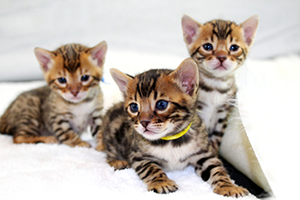
Make sure the cat has not had anything to eat or drink for at least 1 hour prior to collecting sample.
When swabbing kittens, isolate each kitten from the mother, littermates and any shared toys for 1 hour prior to swabbing. Kittens should not have nursed or eaten for 1 hour prior to collecting sample.
If collecting samples from more than one cat, make sure to sample one cat at a time and wash your hands before swabbing another cat.
3.
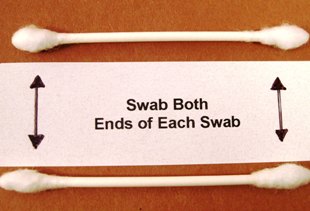 Use both ends of the two cotton swabs for a total of four swabs.
Use both ends of the two cotton swabs for a total of four swabs.
4.
Place the cotton head of the swab between the cat’s gums and cheek and rub or rotate the swab back and forth for 15 seconds. Repeat with each cotton swab head, for a total of 4 swabs. We recommend swabbing a different area of the gums with each swab head.
5.
Wave the swab in the air for 10-15 seconds to air dry it before attaching it to the submission form.
6.
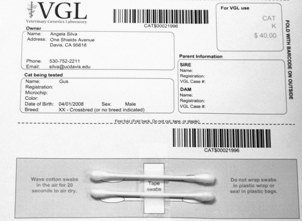 After swabbing the cheek and gums, tape the cotton swabs to the bar-coded submission form printed from your MyVGL account.
After swabbing the cheek and gums, tape the cotton swabs to the bar-coded submission form printed from your MyVGL account.
ATTENTION:
- Do not collect saliva/drool – the key to obtaining a good sample is getting cheek cells on the swab.
- Do not rub swab on the cat’s tongue or teeth – this will result in poor quality sample.
- Do not collect a sample from a kitten that has recently nursed – the mother’s genetic material can rub off on the kitten’s mouth and contaminate the sample.
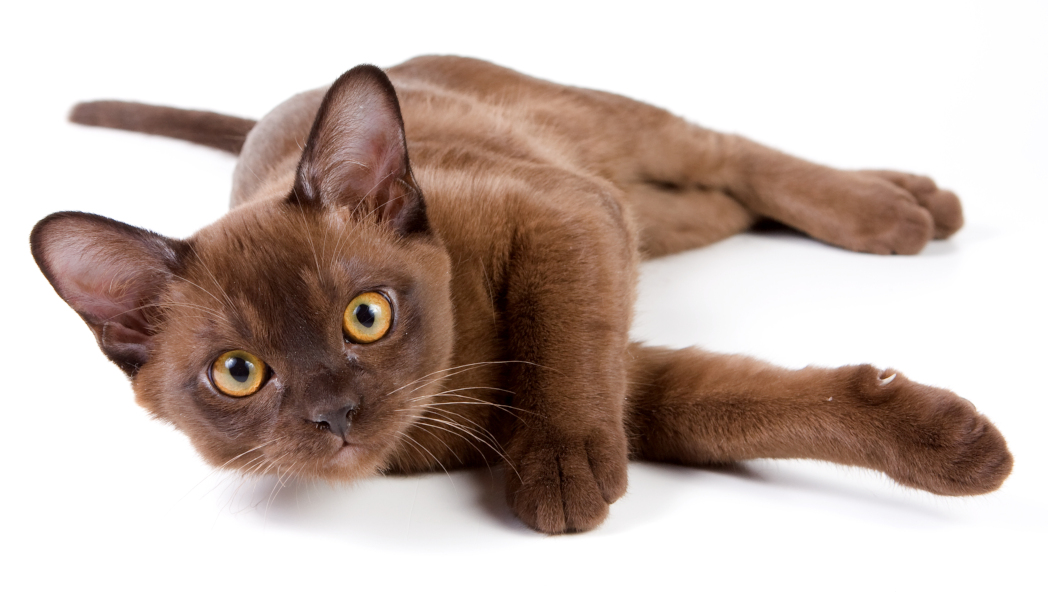
The Tyrosinase (TYR) gene, also known as the Color gene, produces an enzyme that is required for melanin production. Mutations in TYR have been associated with temperature-sensitive pigment production that result in colors known as Burmese (c.679G>T) and Siamese (c.940G>A). The wild type phenotype is full color. The Burmese phenotype results from reduced pigment production changing black pigment to sepia and orange to yellow. The Burmese points are darker than the body and the eyes are yellow-gray or yellow-green. The Siamese phenotype reduces pigment production to the points and the eyes are blue. The wild type (C) allele is dominant to Burmese (cb). Burmese is incompletely dominant to Siamese (cs); Burmese and Siamese heterozygotes (cb/cs) are intermediate in color (called 'mink').
These tests identify carriers of Burmese (also called sepia) and Siamese pointed coloration.
